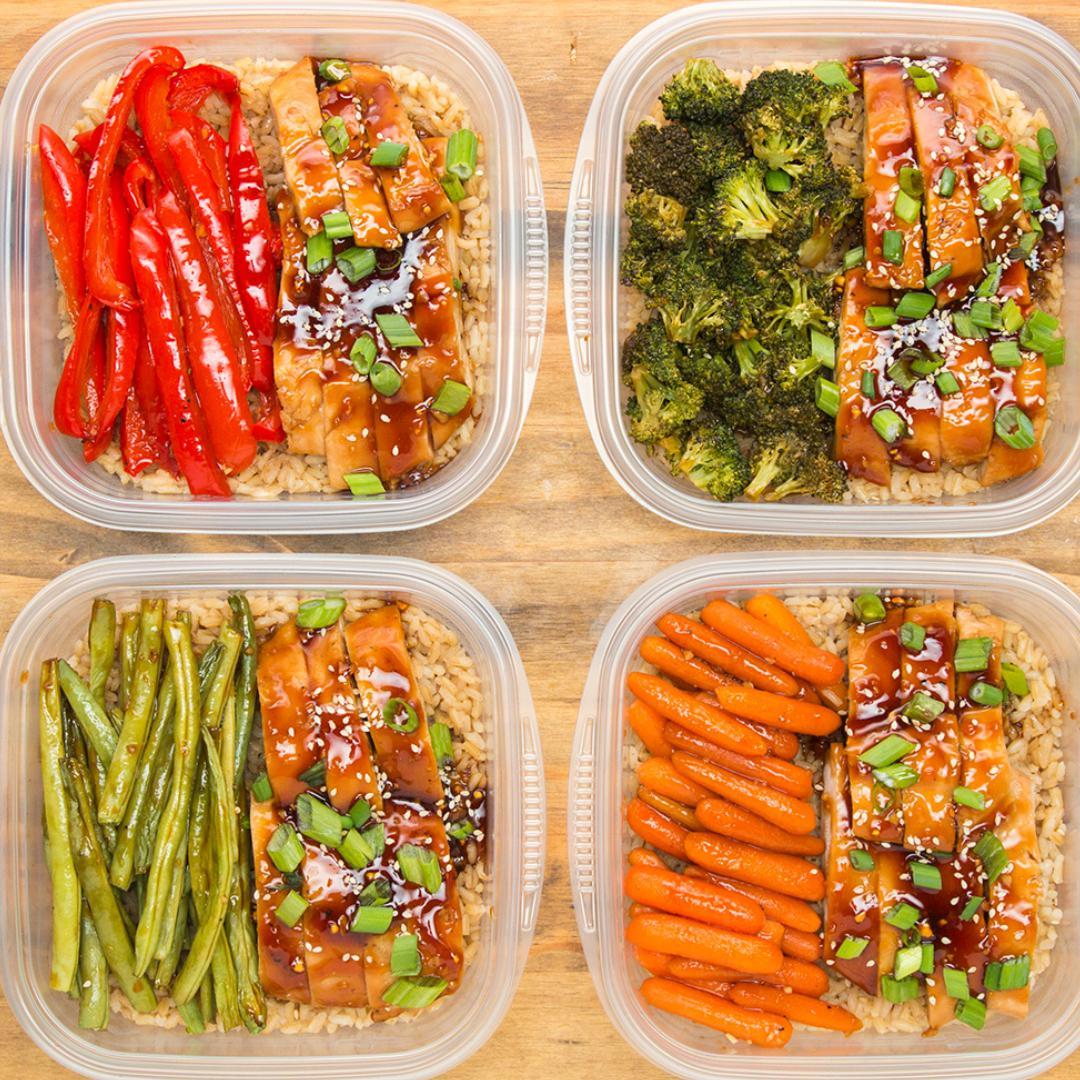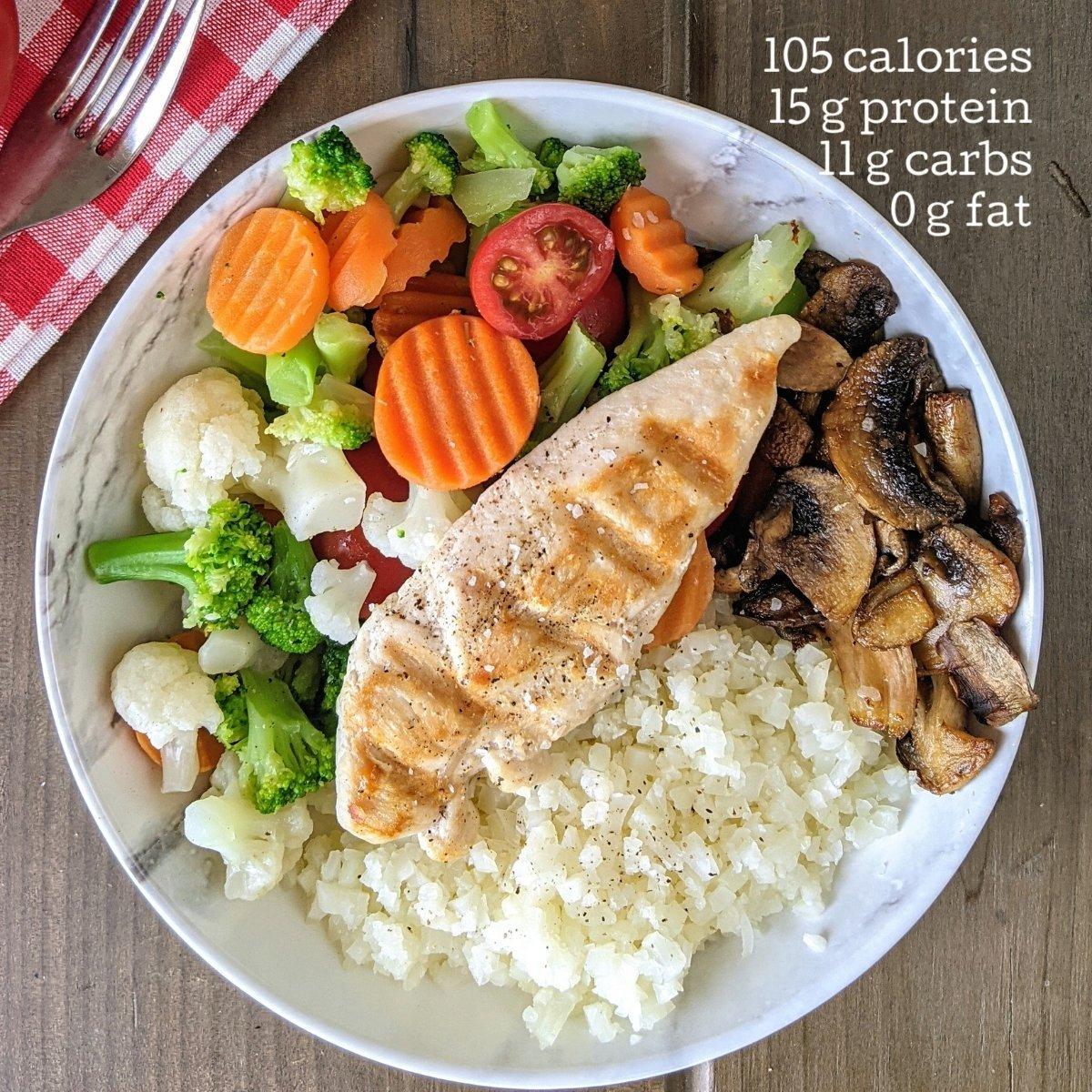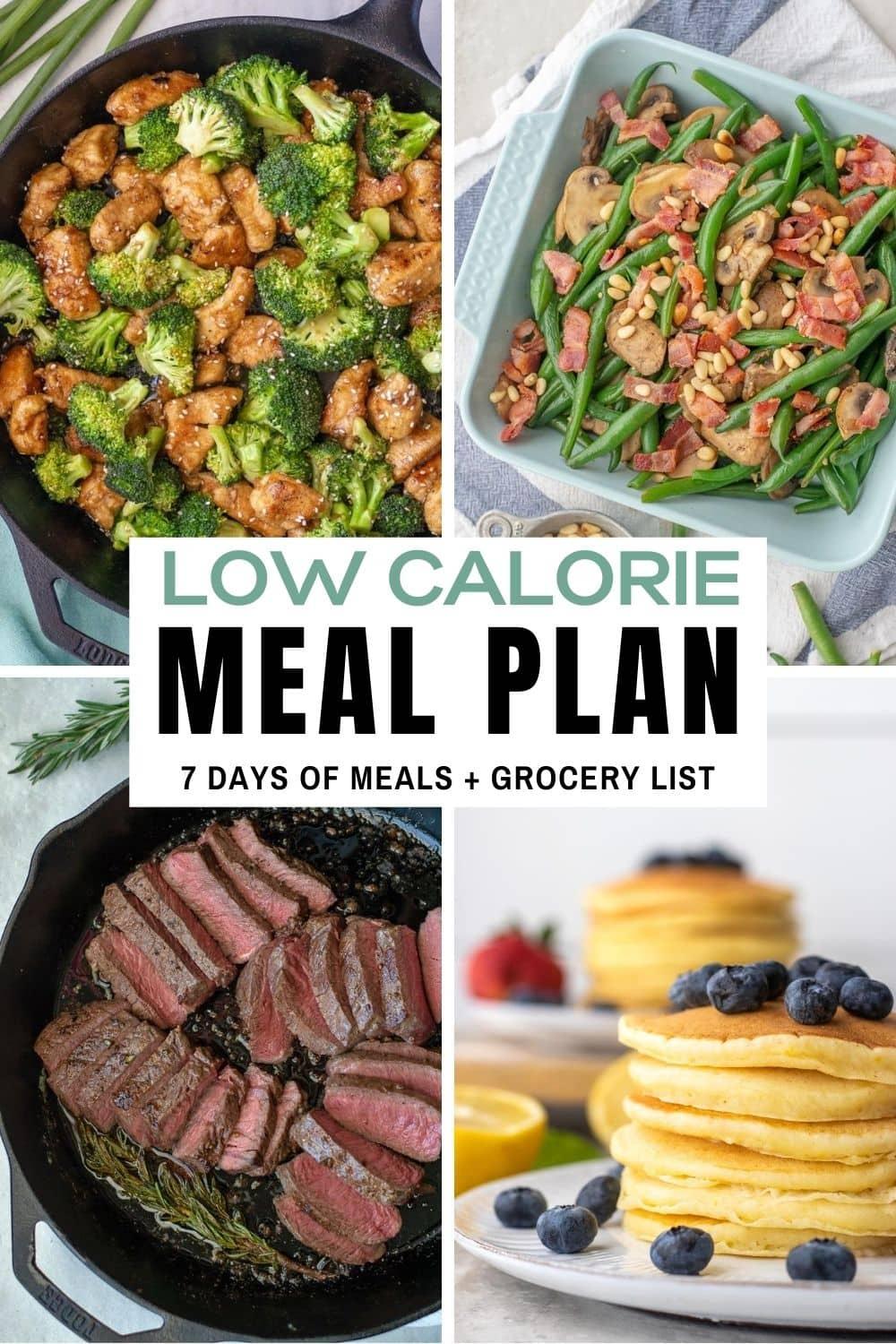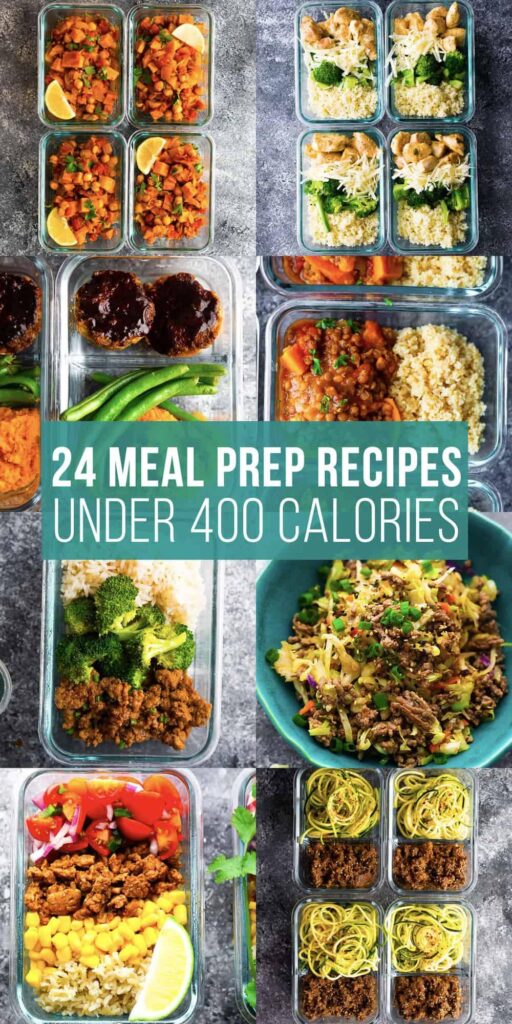In a world where calorie counting often feels like a balancing act between satisfaction and restraint, the quest for meals that are both low in calories and genuinely filling can seem elusive. Yet, the art of crafting dishes that nourish without overindulging is not only possible but also an enjoyable culinary adventure. This article explores the harmonious blend of flavor, texture, and nutrition, revealing how thoughtfully chosen ingredients and smart cooking techniques can transform modest plates into hearty, satisfying meals. Whether you’re aiming to maintain a healthy lifestyle or simply seeking lighter options that don’t leave you hungry, these low-calorie meals prove that fullness is about more than just numbers on a label-it’s about feeling content, energized, and well cared for by what’s on your plate.
The Science Behind Satiety and Low-Calorie Foods
Understanding how our bodies signal fullness is key to crafting meals that satisfy without excess calories. Satiety is influenced by several factors, including the composition of the meal, its volume, and how it interacts with hormones that regulate hunger. Foods rich in fiber, protein, and water content tend to promote a greater feeling of fullness, slowing digestion and stabilizing blood sugar levels.
Volume and texture play a surprising role in satiety. Bulky foods that require chewing send signals to the brain that contribute to the sensation of being full, even if they’re low in calories. This is why salads packed with crunchy vegetables or soups brimming with broth and chunky ingredients can be especially satisfying.
Additionally, the macronutrient balance affects how long you stay full. Protein-rich ingredients stimulate the release of hormones like peptide YY and GLP-1, which reduce appetite. Meanwhile, fiber slows gastric emptying, extending the time food remains in the stomach. Low-calorie meals that combine these elements can cleverly trick your body into feeling content without the calorie overload.
| Component | Effect on Satiety | Examples |
|---|---|---|
| Fiber | Slows digestion, promotes fullness | Leafy greens, beans, oats |
| Protein | Stimulates appetite-suppressing hormones | Chicken breast, tofu, Greek yogurt |
| Water/Volume | Increases stomach stretch, signals fullness | Soups, fruits, vegetables |
- Choose whole, minimally processed foods for maximum fiber and nutrient density.
- Incorporate lean proteins to enhance satiety and maintain muscle mass.
- Include hydrating foods to add volume without calories.
Incorporating Protein and Fiber for Lasting Fullness
To truly feel satisfied after a meal without overloading on calories, it’s essential to focus on two key nutrients: protein and fiber. Protein works wonders by not only supporting muscle repair and growth but also by slowing digestion, which helps keep hunger at bay. Including lean proteins like chicken breast, tofu, or legumes in your meals creates a foundation for lasting fullness.
Fiber, on the other hand, adds bulk without adding calories. It swells in the stomach and slows down the absorption of sugars, contributing to a more gradual release of energy. This means fewer cravings and steadier blood sugar levels. Incorporating a variety of colorful vegetables, whole grains, and fruits ensures you get both soluble and insoluble fiber, each playing a unique role in digestive health and satiety.
Combining these two nutrients strategically can transform low-calorie dishes into satisfying meals. For example, a salad topped with grilled salmon, chickpeas, and a sprinkle of seeds offers a perfect balance. Or consider a stir-fry with tofu, broccoli, and quinoa-rich in both protein and fiber, yet light enough to keep calories in check.
| Food Item | Protein (per 100g) | Fiber (per 100g) | Calories (per 100g) |
|---|---|---|---|
| Grilled Chicken Breast | 31g | 0g | 165 |
| Chickpeas | 19g | 8g | 164 |
| Broccoli | 3g | 2.6g | 34 |
| Quinoa | 4.4g | 2.8g | 120 |
| Tofu | 8g | 1.9g | 76 |
- Tip: Mix and match protein and fiber sources to keep meals interesting and nutrient-dense.
- Tip: Don’t shy away from plant-based proteins-they often come packed with fiber too.
- Tip: Hydrate well, as fiber works best with adequate water intake to promote fullness and digestion.

Flavorful Vegetables That Pack a Filling Punch
When it comes to satisfying meals without tipping the calorie scale, certain vegetables stand out for their ability to deliver robust flavors and a hearty feel. Think beyond the usual salad staples and explore vegetables that bring both texture and taste to your plate, keeping you full and energized.
Roasted Brussels sprouts caramelize beautifully, offering a nutty sweetness that pairs perfectly with a sprinkle of chili flakes or a drizzle of balsamic glaze. Their crispy edges and tender centers make every bite a delight, satiating hunger with a modest calorie count.
Butternut squash is another powerhouse, boasting a velvety texture and a subtly sweet flavor that holds up well in soups, stews, or roasted as a side. Its natural starchiness provides a filling sensation, making it a fantastic substitute for higher-calorie grains or potatoes.
- Cauliflower: Versatile and mild, perfect for mashing or turning into low-calorie rice alternatives.
- Zucchini: Light and hydrating, ideal for spiralized noodles or stuffed with lean proteins.
- Eggplant: Meaty texture that absorbs flavors, great for grilling or baking with herbs and spices.
| Vegetable | Calories (per 100g) | Key Flavor Notes | Best Preparation |
|---|---|---|---|
| Brussels Sprouts | 43 | Nutty, Slightly Sweet | Roasted with Chili or Balsamic |
| Butternut Squash | 45 | Sweet, Earthy | Roasted or Puréed in Soups |
| Cauliflower | 25 | Mild, Slightly Nutty | Mashed or Riced |
| Zucchini | 17 | Fresh, Mild | Spiralized or Stuffed |
| Eggplant | 24 | Earthy, Smoky when Grilled | Grilled or Baked |

Smart Carbohydrate Choices to Keep You Energized
Choosing the right carbohydrates can make all the difference in maintaining your energy levels without tipping the calorie scale. Focus on complex carbs that release energy slowly, keeping you fueled and satisfied long after your meal. Whole grains like quinoa, brown rice, and oats not only provide fiber but also help stabilize blood sugar, preventing those dreaded energy crashes.
Incorporating vegetables such as sweet potatoes, carrots, and leafy greens adds valuable nutrients and bulk to your plate without overwhelming calories. These natural sources of fiber and antioxidants support digestion and overall vitality, making your meals both nourishing and filling.
To help you navigate smart carbohydrate choices, here’s a simple guide highlighting some top options and their benefits:
| Carbohydrate Source | Calories per 100g | Key Benefit |
|---|---|---|
| Quinoa | 120 | Complete protein + fiber |
| Sweet Potato | 86 | Rich in vitamins + antioxidants |
| Brown Rice | 110 | Low glycemic index |
| Oats | 68 | Heart-healthy fiber |
| Chickpeas | 164 | Plant-based protein + fiber |
Remember, balance is key. Pair these smart carbohydrate choices with lean proteins and healthy fats to create low-calorie meals that leave you feeling full, energized, and ready to tackle your day.

Meal Prep Tips for Convenient and Satisfying Low-Calorie Dishes
Planning ahead is the cornerstone of creating low-calorie meals that don’t leave you hungry. Start by selecting ingredients that are high in fiber and protein, as these will keep you feeling satisfied longer without adding too many calories. Vegetables like spinach, broccoli, and zucchini, paired with lean proteins such as chicken breast, tofu, or legumes, form the foundation of a balanced, filling dish.
Batch cooking is your best friend. Dedicate a few hours once or twice a week to prepare large portions of staples like quinoa, roasted sweet potatoes, or grilled chicken. Store them in individual containers to mix and match throughout the week, making it easier to assemble meals quickly without compromising on nutrition or flavor.
Incorporate smart seasoning and textures to elevate your dishes. Fresh herbs, spices, and a splash of citrus juice can transform simple ingredients into vibrant meals. Additionally, don’t shy away from including crunchy elements like nuts or seeds in moderation-they add a delightful contrast and help curb cravings.
- Use airtight containers to keep ingredients fresh and reduce waste.
- Measure portions to maintain calorie control without guesswork.
- Prep versatile components that can be used in multiple recipes.
| Ingredient | Calories (per 100g) | Benefits |
|---|---|---|
| Spinach | 23 | Rich in fiber, vitamins A & C |
| Chicken Breast | 165 | High protein, low fat |
| Quinoa | 120 | Complete protein, gluten-free |
| Chickpeas | 164 | Fiber-rich, plant protein |
Wrapping Up
Finding the perfect balance between low calories and satisfying fullness doesn’t have to be an elusive goal. With a little creativity and mindful ingredient choices, meals can nourish your body without leaving you hungry or deprived. Whether you’re aiming to maintain, lose, or simply eat healthier, these filling low-calorie options prove that wholesome eating can be both enjoyable and sustaining. So next time you sit down to eat, remember: it’s not about eating less, but eating smart-and feeling full along the way.

